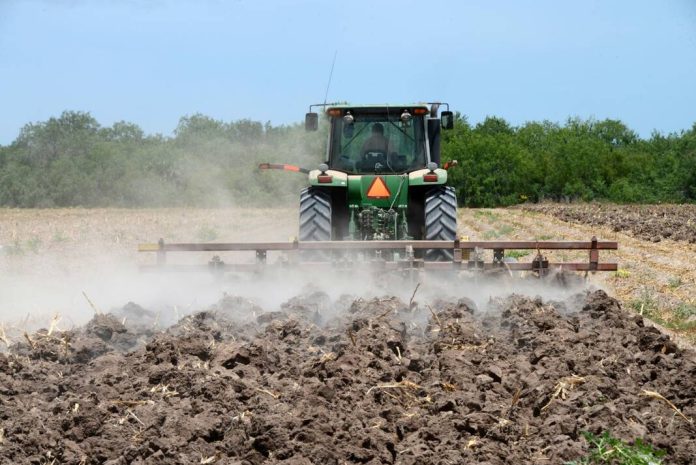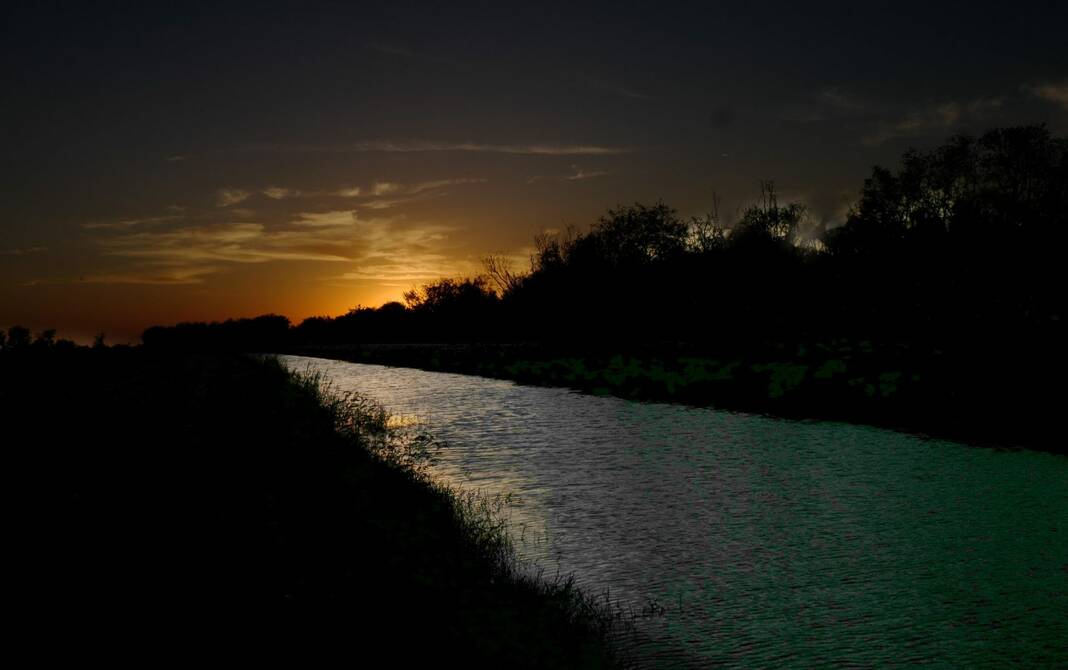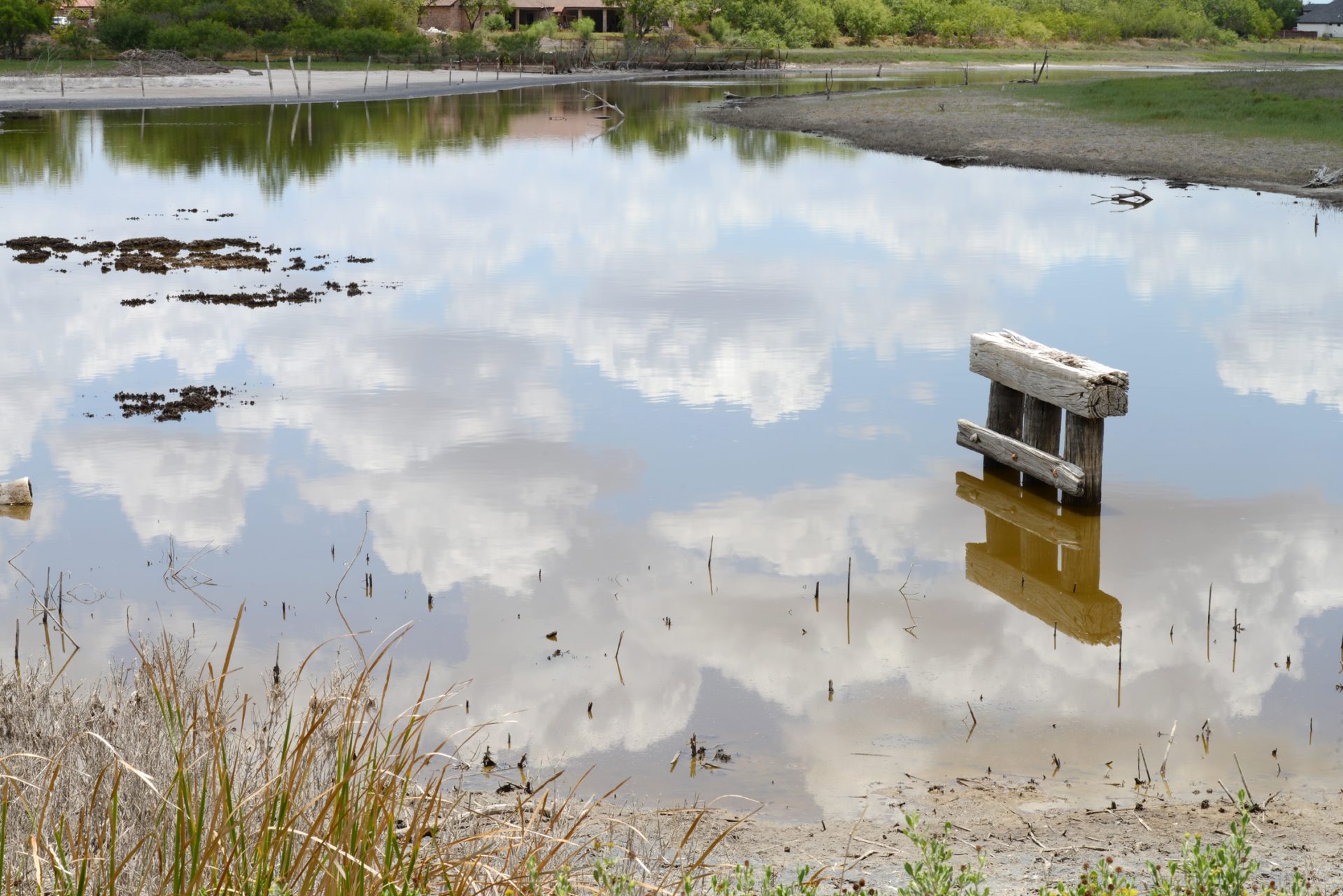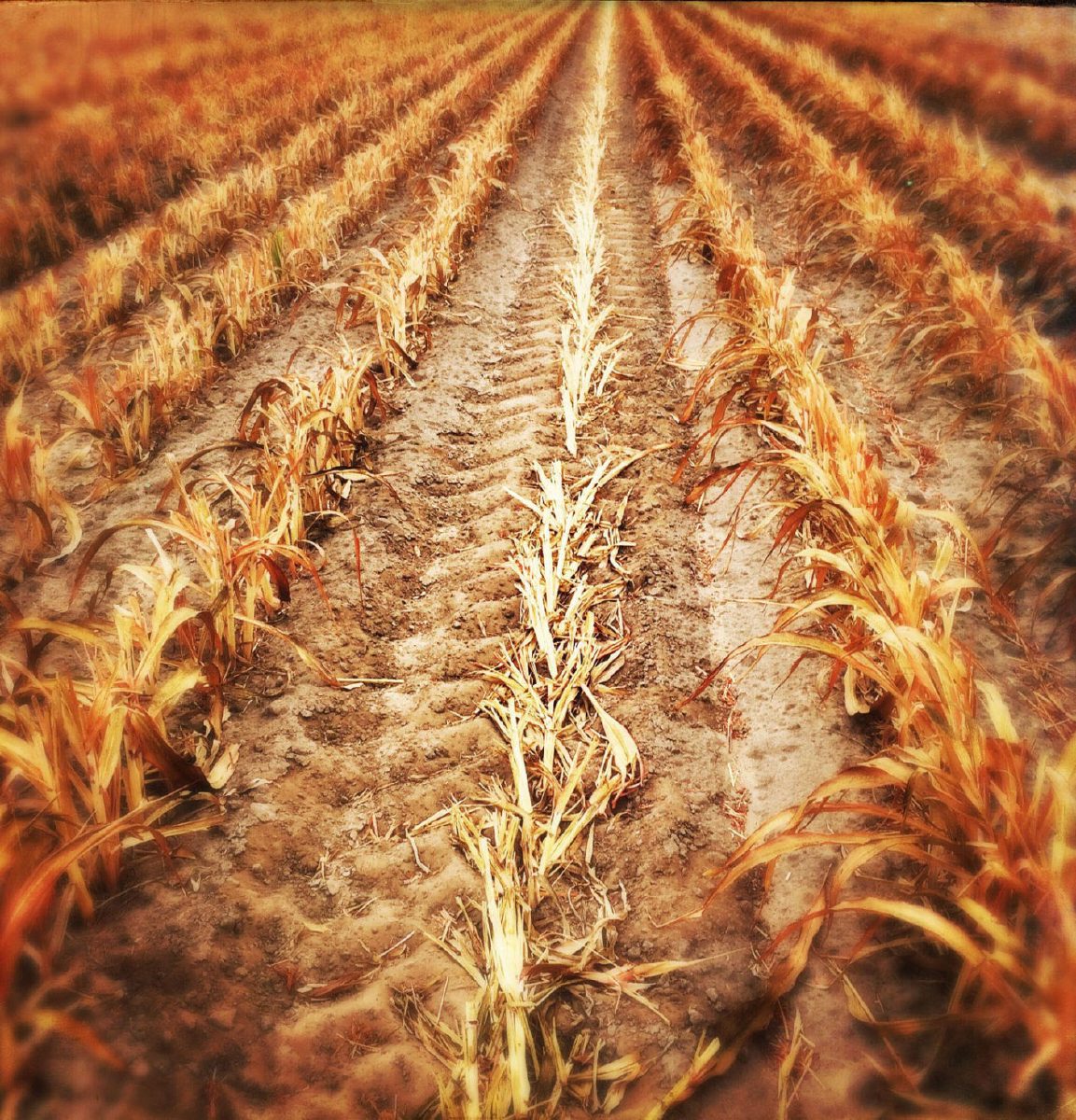
|
Only have a minute? Listen instead
Getting your Trinity Audio player ready...
|
SAN BENITO — Mexican officials are offering the Rio Grande Valley a unique opportunity to capture water as part of the now hopeless task of making good on its treaty obligations to deliver water to the United States.
That was the message that Maria-Elena Giner, commissioner of the U.S. International Boundary and Water Commission, delivered to water and irrigation district experts during a meeting held at the San Benito Cultural Heritage Museum and Visitor Information Center on Friday afternoon.
Giner was joined at the informal meeting by Bobby Janecka, commissioner of the Texas Commission on Environmental Quality, or TCEQ, the state agency that’s responsible for managing water allocations to water rights holders across the state.
“They’re (Mexico) offering right now … about 150 million cubic meters — 125,000 acre feet — to be delivered in a controlled manner over the next hydrologic period, through Sept. 30, (2025) as we request it,” Giner said.
The water would come from flood overflows in the Rio San Juan, which empties into the Rio Grande south of where the Valley’s water is stored at Amistad and Falcon international reservoirs.
Typically, 100% of the San Juan’s water flows are allocated to Mexico, since the U.S. has no way to capture or store it for future use before it discharges into the Gulf of Mexico.
But Mexico’s proposal to allow the U.S. to capture Mexican water for American use is drawing ire and mistrust from local water managers and farmers who say that the volume is too small to save them.
Nor will it go far in saving municipalities from further water scarcity in the coming year.
“If nothing changes in the weather pattern, you will have a humanitarian crisis next year,” Al Martinez, general manager of the La Feria Irrigation District said.
“We’re not gonna save a crop… we can’t pump water we can’t use, so the cities are gonna be paying for more. We’re gonna run out of water,” Martinez added a few moments later.

Giner said Mexican officials have indicated they’d be amenable to releasing more than the 125,000 acre feet, as long as U.S. officials put in a request.
It’s a desperate proposal aimed at taking advantage of excess water captured at two Mexican reservoirs — the El Cuchillo and Marte Gomez dams — that lie in the southernmost portion of the Rio Grande watershed.
As of Friday morning, El Cuchillo stood 98% full, while Marte Gomez was over capacity at 123%, according to data listed on the IBWC website.
The two southern dams became overfull after a series of small-scale rain events occurred throughout the summer. But those rainstorms failed to reach further inland, where Mexico’s largest reservoirs in the Rio Conchos Basin in the state of Chihuahua currently sit at variously low levels. Some are as low as 11%, while La Boquilla — the Conchos’ largest reservoir, and the single largest supplier of water to the Rio Grande — sits at a worrying 16% full.
IBWC officials explained that the abundance of water currently being held at El Cuchillo and Marte Gomez, however, is “use it or lose it.”
Marte Gomez is what’s called a “fill-and-spill” dam, IBWC hydrologist Adrian Cortez explained.
It has no mechanisms for containing water once it has reached its crest height. At that point, water will simply tumble over the top.
However, Marte Gomez lies downstream of El Cuchillo, which has seven gates that it can use to control floodwaters.
But those summer rain storms have pushed the two dams to the brink, prompting Mexico to make a first-of-its-kind offer to the United States
Instead of letting that water go now, where it will flow uselessly into the gulf, Mexico is proposing to hold onto it and release it at the discretion and convenience of American users. That would give local irrigation districts the time they’d need to ready their pumps as the water flows south. And they would be able to spread out the timing of the water releases through next September, something IBWC officials hope would give farmers a more realistic chance to plan their crops.

But the proposal wouldn’t solve the treaty problems, though.
Under the terms of a 1944 water sharing treaty, Mexico is obligated to deliver some 1.75 million acre feet of water to the U.S. over the course of a five-year cycle. That averages to about 350,000 acre feet per year.
Later this month, the fifth year of the cycle will begin, but already, Mexico is hopelessly in arrears.
Mexico is behind by nearly 969,000 acre feet, or nearly three years’ worth of water, IBWC data show.
If the U.S. agrees to the proposal, that 125,000 acre feet would be subtracted from the deficit Mexico currently owes, but it wouldn’t magically erase the remainder of that balance. Further, Giner, the IBWC commissioner, admitted it would be a drop in the bucket.
“Right now, they don’t have water in their reservoirs, so this is what’s being offered,” she said, while adding that Mexican officials continue to workshop other potential solutions.
But for irrigation districts across the Valley, the offer is close to being dead on arrival. After years of dealing with Mexico’s unreliability in delivering water, many districts have depleted the stores of water they maintain rights to at Anzalduas International Reservoir.
And it’s there that state regulators with the TCEQ require water users to maintain their water accounting.
Water released by Mexico downstream of that point cannot be accounted for by state officials and there’s currently no legal way to get around that, explained Bobby Janecka, the TCEQ commissioner.
“I have no answer today. Our agency is not prepared to be able to have a good, solid, terse soundbyte for you,” Janecka said in response to a question about allowing water districts to harvest the water at “no charge” to their balances.

Aside from having no policy framework that would allow TCEQ to give the water to irrigation districts, Janecka also feared such action would immediately draw criticism — and lawsuits — from water users further upstream who would claim TCEQ is failing to equitably manage the river’s water.
Nonetheless, even in the face of certain legal challenges, Janecka referred to Mexico’s offer as the “least worst answer for today.”
After more than two hours of explanations from IBWC and TCEQ officials, followed by hard questions from local water managers, the atmosphere in the room was one of intense frustration.
As Sonny Hinojosa, general manager of Hidalgo County Irrigation District No. 2 said, water officials feel helpless.
“It’s always the same issue — that we have no leverage and we can’t counter (offer) because they (Mexico) have the water,” Hinojosa said. “We need something outside of the water world,” he added, referring to an idea to sanction Mexico outside of the terms of the water sharing treaty.
Meanwhile, Commissioner Giner explained that the timeline for making a decision on the offer is critical, saying she feared the criticism that would come if the U.S. says no.
“Are you guys telling me to say no to Mexico?” Giner asked the room.
“I wouldn’t say that,” Cameron County Judge Eddie Treviño Jr. replied.
Martinez, the La Feria water manager, agreed, saying nobody in the room wanted to say “no” to water, but reiterating that the new hurdle in the crisis is the state’s own laws regarding flows south of Amistad.
“It’s the state’s accounting issue that’s a problem,” Martinez said.

Both IBWC and TCEQ officials said they will continue to explore solutions, including meeting Mexico with a counterproposal to urge Mexico to sign a treaty policy amendment known as a “Minute.”
The IBWC, in conjunction with their Mexican counterparts at La Comisión Internacional de Límites y Aguas, or CILA, worked for months to prepare the amendment and were set to sign it last December.
But the signing fell apart after disputes erupted between several Mexican states, which were compounded by the presidency of former Mexican President Andrés Manuel López Obrador.
As Friday’s meeting drew to a close, no obvious solutions had emerged. But both Giner and Janecka pledged to keep working and tentatively planned to hold another meeting with stakeholders next month.



